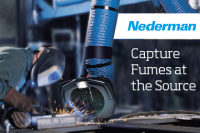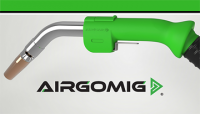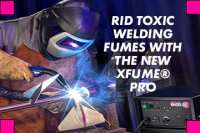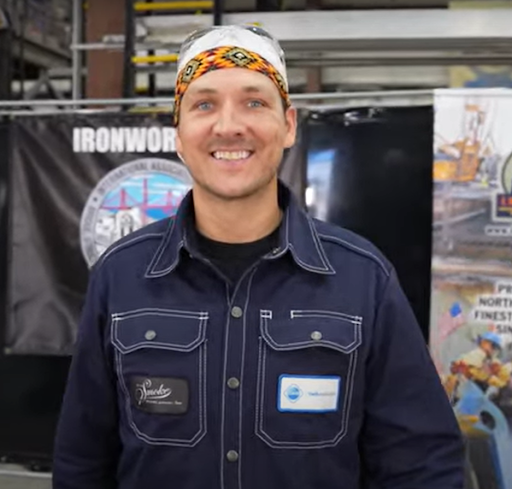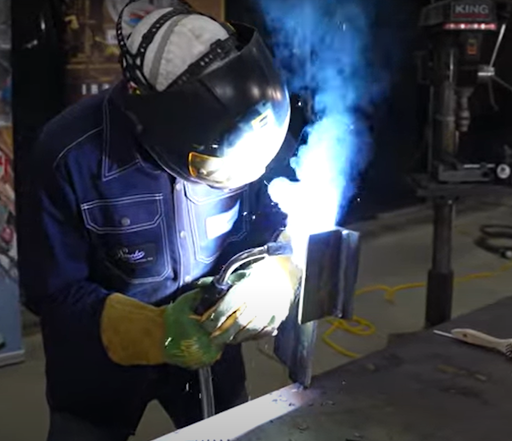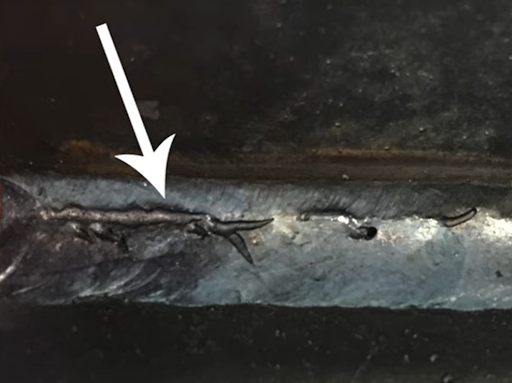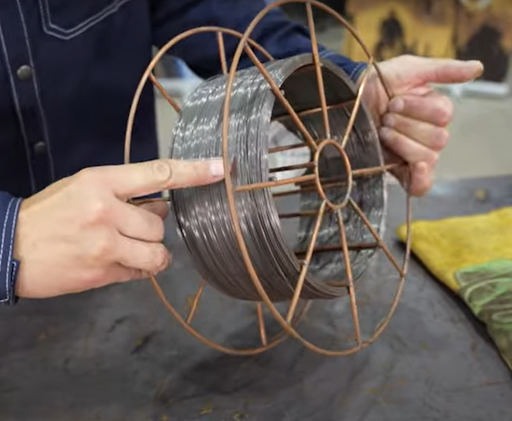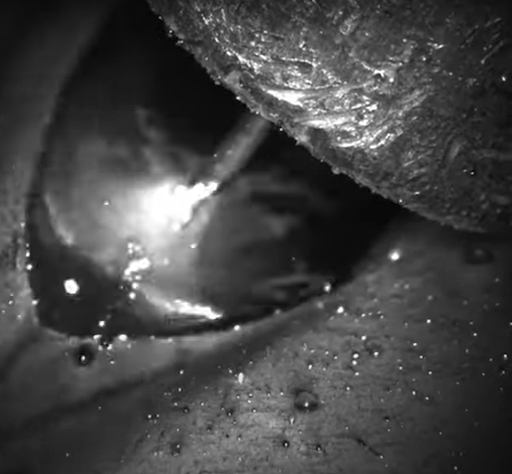Tackling worm tracks in FCAW
Guy Seguin (Instagram: sewingwithfirewelding) is a welder and an educator at Algonquin College of Applied Arts and Technology. In this article, he talks about a problem in flux core arc welding (FCAW) called worm tracks.
Whether you call them worm tracks, wormholes, or chicken tracks, you might experience this common problem associated with flux core arc welding (FCAW). It’s a phenomenon caused by gas that is trapped underneath the slag.
Flux core arc welding (FCAW)
Before we dig into the causes of worm tracks, it’s important to talk a little bit about flux core. Flux core is a semi-automatic welding process where a wire is fed through a conduit. The wire itself has a flux on the inside, which can be shielded by an external shielding gas or it can be self-shielded.
Anytime we do any welding, we need amperage and we need voltage. Amperage is the amount of current or electrons flowing through a conductor, and voltage is the amount of pressure pushing those electrons through the conductor.
When we're talking about wire feed process – that's gas metal arc welding, flux core arc welding, metal core arc welding or any variation – we need to talk about wire feed speed. Wire feed speed has a direct relationship with amperage. When we turn up the wire feed speed, we’re turning up the amperage; when we turn up our voltage, we're essentially increasing our arc length.
Worm tracks
A few years ago in our shop, we were having trouble with worm tracks so we decided to go on a journey and dig a little deeper to find out what are some of the causes and remedies.
Worm tracks are leftover gas that gets trapped underneath the slag while the weld metal is solidifying. As everything starts to cool off, that gas tries to escape, leaving a small indent in the weld metal. As long as there is no porosity or anything deeper down in the weld, most people would consider it a cosmetic defect.
Moisture
The first cause of worm tracks I want to talk about is moisture. Moisture can be in your filler wire, it can be in your plate that you're welding, or it can even be in the environment or the shielding gas you're using. Why is moisture bad? Most filler wires have a low amount of diffusible hydrogen. However, if that moisture gets trapped in the weld or underneath the slag while things are solidifying, it can cause even more detrimental effects than just the worm tracks.
One of your best defenses against moisture in your filler wire is to wrap it and keep it stored properly.
When it comes to your material, if your material is thick enough you may have to put some preheat into it. Having fresh gas and making sure that it's not too old can be a good defense against worm tracks.
Voltage
Another potential cause of worm tracks is voltage. This can have a direct effect on the weld and whether or not you have worm tracks. If a welder decides to turn the voltage setting up beyond the manufacturer’s recommended settings, it can cause worm tracks.
So how can voltage cause worm tracks? Let’s look at the SMAW process a little bit. When we increase arc length, that flux doesn’t have time to get completely dissolved or melted off into the weld pool, which can cause porosity and other conditions or other weld faults. We know that whenever we increase our voltage, we’re essentially increasing arc length with wire feed. That wire doesn’t have enough time to melt off and dissolve all the leftover gases, essentially trapping it in the weld metal and causing worm tracks.
Some welders might want to increase their voltage, for example, if we don’t like the bead appearance. Perhaps it’s crowned-up looking and we want to flatten it out a little bit. The problem is, we know that when we turn up voltage that increases arc length, which can decrease penetration, causing lack of fusion or even lack of penetration in that plate. That’s why it’s so important to stick within the recommended settings.
Electrical stick out
The last cause I'd like to discuss for worm tracks is improper contact to work distance, or electrical stick out. Electrical stick out is the measurement from the end of the contact tip to the end of the wire. (Don’t confuse this with arc length. Arc length is the gap or the distance between the wire and the plate while welding and that’s controlled by your voltage. Voltage is your arc voltage.)
Worm tracks can occur with too little stick out because the gases don't have enough time to dissolve in the weld metal. A larger diameter wire may be less likely to cause worm tracks than a smaller diameter wire.
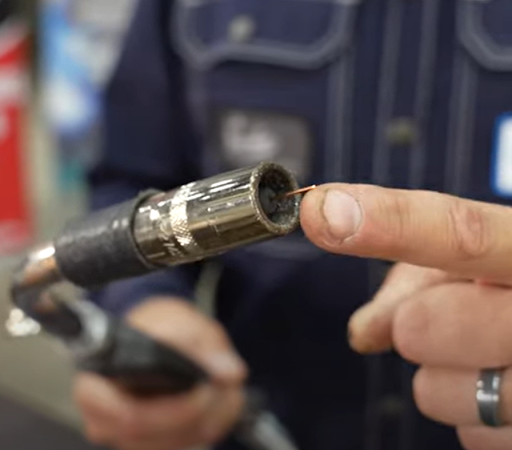
To recap, here are the key ways to prevent worm tracks:
- Control the moisture
- Keep the voltage setting within the manufacturer’s recommended settings
- Control the electrical stick out
Always wear the proper PPE – welding helmet, gloves, long sleeves, and safety glasses. And don’t forget to keep those lenses clean.
Want to watch the video version of this article? You can find it here.
Disclaimer
The information provided is intended for general interest, to educate and inform our audience. The CWB and those providing feedback to the questions do not take any responsibility for any omissions or misstatements that could lead to incorrect applications or possible solutions that industry may be facing.
How-It Works content is submitted by Industry experts to the CWB Association and does not necessarily reflect the views of the CWB Group. When testing for CWB Certification or CWB Education, please refer to CWB Education textbooks or CSA standards as the official source of information.



